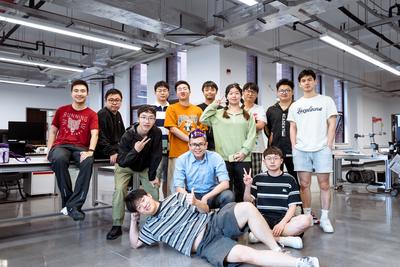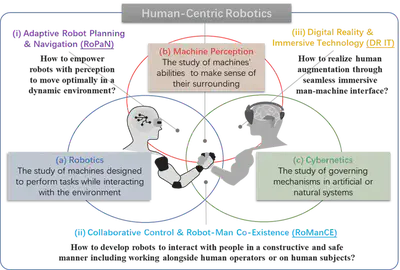INTELLIGENT ROBOT
VISION&CONTROL
LAB
To advance the science and technology of robotics in a human-centric fashion with an emphasis in intuitive and interactive man-machine interface, especially in the biomedical and healthcare domains.

What we do
The research vision of the Intelligent Robot Vision and Control (IRVC) group is to advance the science and technology of robotics in a human-centric fashion with an emphasis in intuitive and interactive man-machine interface, especially in the biomedical and healthcare domains.
This is done by constantly advancing the science and technology of Robotics with problem-specific research and people-oriented engineering. Doing so could push the technology frontier with scientific research in areas like Robot Intelligence, while maintaining human inclusiveness through engineering innovations.
We have been aligning my research efforts to focus on the subject of human-centric robotics building upon our core expertise in the field of (a) robotics, (b) machine perception and (c) cybernetics. We further develop our specialized areas of interest in (i) Intelligent Robot Planning & Navigation (RoPaN), (ii) Collaborative Control & Robot-Man Co-Existence (RoManCE), and (iii) Digital-Reality & Immersive Technology (DR IT), at the exciting intersections of the core expertise as illustrated in Fig. 1.
- (i) RoPaN is concerned with how robots make sense of the surrounding with enhanced autonomy.
- (ii) RoManCE is concerned with how robot interact with people in a constructive and safe manner including working alongside human operators.
- (iii) DR IT looks at how man could immerse intuitively and interactively through innovations in man-machine interface technology.
In contrast to (i) and (ii), DR IT bridges the human and robot from the human aspect through immersive interfaces to augment human perception and intelligence. Therefore, our specific research goals invoreve answering the research questions in the science of Human-Centric Robotics derived from the areas of interest as listed in Fig.1.
